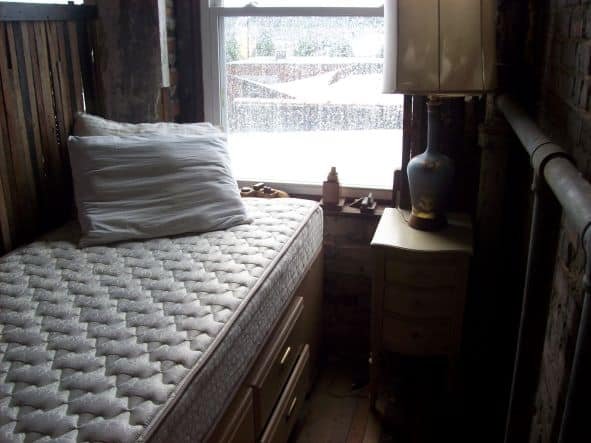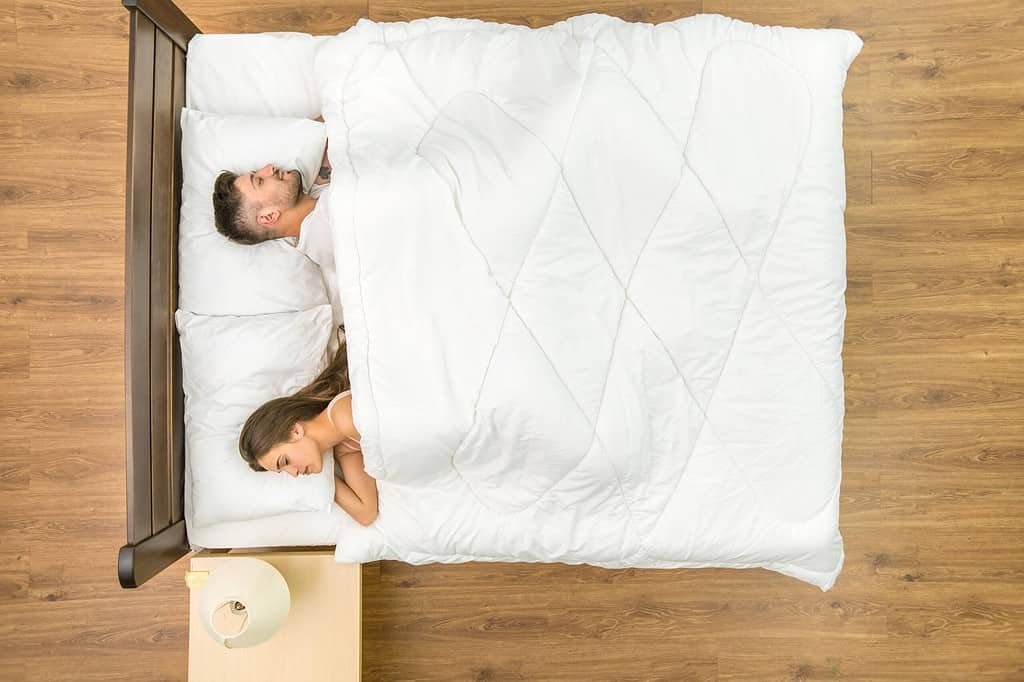Can Mattresses be Repaired? Exploring Options for Improving Comfort and Longevity
Understanding the Importance of a Mattress
A mattress is essential to our sleeping routine, ensuring a good night’s rest. However, mattresses can become worn out, damaged, and uncomfortable.
So, can mattresses be repaired, or is it time to replace them?
This article will explore the options for repairing a mattress and alternative ways to improve comfort and longevity. Before we dive into repairing mattresses, we must understand what they are and their role in our sleep routine. A mattress is a large, rectangular pad filled with foam, cotton, or springs designed to provide support and comfort while we sleep. The type of mattress you choose depends on your preference, sleeping position, and budget.
A mattress is essential for any home as it provides support and comfort for a good night’s sleep. However, mattresses can experience wear and tear over time, leading to discomfort and reduced support. In some cases, the damage to a mattress may be severe enough to warrant repair. But, before attempting to repair a mattress, it is essential to understand the viability of mattress repair.
Evaluating Viability of Mattress Repair: Identifying and Assessing Damage
The first step is to identify the type of damage the mattress has sustained. Some common types of mattress damage include sagging, lumps, and tears. Sagging occurs when the mattress has lost its original shape and support, resulting in a sunken area that can be uncomfortable to sleep on. Conversely, lumps occur when the padding inside the mattress shifts or bunches up, creating a lumpy and uneven sleeping surface. Tears or holes can be caused by accidents or wear and tear, allowing the stuffing inside the mattress to escape, leading to further damage.
Once the type of damage has been identified, it is essential to evaluate its severity. Some minor damage, such as small tears or sagging in specific areas, may be repairable, while more severe damage may require a replacement. If the damage is minor, fixing it with some basic tools and materials may be possible.
For example, if a tear or hole is small, it may be possible to repair it with a patch. To do this, you will need a patch of similar material to the mattress, some fabric glue, and a needle and thread. First, clean the area around the tear or hole, ensuring no dirt or debris. Next, cut the patch to size, ensuring it is slightly larger than the tear or hole. Apply a small amount of fabric glue to the back of the patch and place it over the tear or hole, pressing down firmly. Use a needle and thread to sew the patch onto the mattress, ensuring it is secure. Sagging can also be repaired in some cases. If the sagging is minor, it may be possible to fix it by placing a board or other supportive material underneath the affected area. This can help redistribute the weight and support the sagging area.
Risks and Limitations of Mattress Repair: When to Consider Replacement
However, it is essential to remember that trying to repair a mattress can be risky and may cause further damage if not done correctly. For example, fixing sagging by adding extra padding or stuffing can worsen the problem, leading to uneven support and an uncomfortable sleeping surface. Similarly, attempting to repair tears or holes with inappropriate materials or techniques can lead to further damage and compromise the integrity of the mattress.
Moreover, attempting to repair a mattress can also void its warranty if it is still under warranty. So, it is crucial to read the warranty information carefully before you make any repairs. In some cases, it may be more cost-effective to replace the mattress rather than attempt to repair it. For example, investing in a new mattress may be more practical if the damage is severe or the mattress is old and worn out.
Mattress Toppers: An Alternative to Repairing a Mattress
While repairing a mattress may not always be viable or cost-effective, other ways exist to improve mattress comfort and extend its lifespan. One such method is by using a mattress topper.
- A mattress topper is an additional layer of padding placed on top of a mattress to provide extra cushioning and support. Toppers come in various materials, such as memory foam, latex, or feather, and can be purchased in different thicknesses and sizes to suit different needs.
- One of the main benefits of using a mattress topper is that it can provide an affordable way to enhance mattress comfort. Toppers are generally less expensive than a new mattress, making them an attractive option for those on a budget. Additionally, since toppers come in different thicknesses and materials, they can be customised to suit individual preferences and needs. For example, memory foam toppers can support those with back pain, while feather toppers provide a soft and fluffy sleeping surface.
- Another advantage of using a mattress topper is that it can help extend a mattress’s lifespan. Toppers can protect the mattress from wear and tear, spills, and stains, which can help prolong its lifespan. Additionally, if a mattress starts to sag or lose shape, a topper can help improve its support and provide a more comfortable sleeping surface.
- When selecting a mattress topper, consider the material, thickness, and size. The material of the topper can significantly affect its comfort and support, so it is necessary to choose a material that suits individual preferences and needs. For example, memory foam toppers are ideal for those needing additional support, while latex toppers provide a more responsive sleeping surface.
- The thickness of the topper can also affect its comfort and support. Generally, thicker toppers provide more cushioning and can help alleviate pressure points, while thinner toppers provide less cushioning but can still provide some additional support.
- Finally, selecting a topper that fits the size of the mattress properly is essential. Toppers come in different sizes to fit different mattress sizes, so measuring the mattress and selecting the appropriate size is critical to ensure a proper fit.
When using a mattress topper, it is also essential to maintain its cleanliness to ensure its longevity and hygiene. Depending on the material, toppers can be machine-washed or spot-cleaned, so follow the manufacturer’s instructions. Additionally, to prevent the topper from slipping or moving around on the mattress, it is recommended to use a fitted sheet over both the topper and the mattress.
Conclusion: Considering Options to Improve Mattress Comfort and Longevity
In conclusion, while repairing a mattress may not always be feasible, alternative ways exist to enhance mattress comfort and extend its lifespan. One such method is by using a mattress topper. Toppers come in different materials, thicknesses, and sizes and can provide additional cushioning and support to improve sleep quality. Moreover, using a topper can be a cost-effective solution to enhance comfort, as they are generally less expensive than purchasing a new mattress.
However, when considering using a topper, it is essential to select one that fits the size of the mattress properly and is made of a material that suits individual preferences and needs. Additionally, it is necessary to maintain the topper’s cleanliness to ensure its longevity and hygiene. Following the manufacturer’s instructions and using a fitted sheet over the topper and the mattress can prevent the topper from slipping or moving around. While it may be tempting to continue using a mattress showing signs of wear and tear, such as sagging or losing its shape, it is important to consider the impact on sleep quality and overall health. A mattress that no longer provides adequate support can lead to aches, pains, and sleep disturbances. A topper can help improve the mattress’s support and provide a more comfortable sleeping surface.
Ensuring that one’s mattress provides the necessary support and comfort can help improve sleep quality and overall health. Good quality sleep is essential for physical and mental health; an uncomfortable or unsupportive mattress can lead to various health issues. Moreover, investing in a new mattress or topper is an investment in one’s health and well-being.



